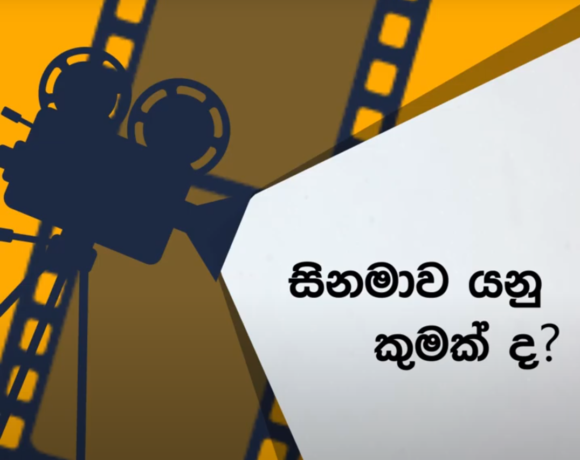
Women in Terror and Women in Peace (Part III)
Dhanushka Silva
While peace negotiations were taking place in Sri Lanka during the war, civil society adopted a different approach to ensure that their concerns were on the table and reached affected communities at the grassroots level. The Suriya Women’s Development Centre (Batticaloa); Muslim Women’s Research and Action Forum (Kalmunai and Colombo), and Sarvodaya were important stakeholders in this venture. These participatory organizations empowered many women to come forth and share their experience of the conflict and raise a voice to end the war, entrenching principles of promoting peace, respect and women’s empowerment in the war-torn communities regardless of any religious or ethnic affiliations.
The Post-conflict phase
With the end of the war in 2009, an unprecedented influx of nearly 300,000 IDPs was left in Government-maintained welfare centres, where civil society continued to play a pivotal role in consistently drawing attention to the issues related to women and the girl child. The government was also mindful of the plight of women in the post-conflict environment. Hence, in preparing the National Action Plan for the Protection and Promotion of Human Rights (NHRAP) of 2011-2016, the government set two goals in order to: Moreover the recommendation of the Lessons Learnt and Reconciliation Commission (LLRC), established by the government, addressed concerns of women and children as an acutely vulnerable group in the post-conflict era. Interestingly, the end of the conflict also enabled women. Ananthi Sasitharan, wife of a former LTTE commander, to play a prominent role in conflict-affected areas of the North, both as an activist and as a member of the Northern Provincial Council. Lankan women have taken the stage from bringing issues to the international colloquy together with international NGOs to leading campaigns and protests against disappearances, seeking redress for their loved ones.
- Ensure the effective reintegration of women ex-combatants into society;
- Ensure the development of policy and programmes for war widows.
The gender nuances of peace-building became increasingly eminent with the dawn of the good governance era in 2015; where President Maithreepala Sirisena’s manifesto highlighted that maximum action would be taken to prevent the abuse of women and children. In this regard, the then government took the initiative to place “Women’s Development Officers” (WDOs) within the Pradeshiya Sabhas to act as nerve-endings or focal points of the government in addressing gender-based violence. These actions should be placed within the larger framework of safeguarding the peace and reconciliation of the country. Thus, affirmative action is being taken, especially in strengthening female representation in the legislature, established with the technical assistance of the UNDP under their Parliamentary Modernization Project. Not only will this mitigate the barriers that women encounter in apprehending law-making bodies but it will also strengthen Sri Lanka’s commitment to UNSC Resolution 1325, as well as to meet its commitments under CEDAW, particularly its General Recommendation 30 which deals with ‘women in conflict prevention, conflict and post-conflict situations’ adopted in October 2013.
Thus, it is apparent that the idea of women combating terrorism is now deeply rooted in the communal fabric of Sri Lanka. However, this is not to say that challenges in advancing female participation are fully mitigated. Lessons from the trajectory of conflict that unfolded in the past three decades show that there are important measures that are yet to be taken in order to ensure active women participation in counter-terrorism and peacebuilding.








